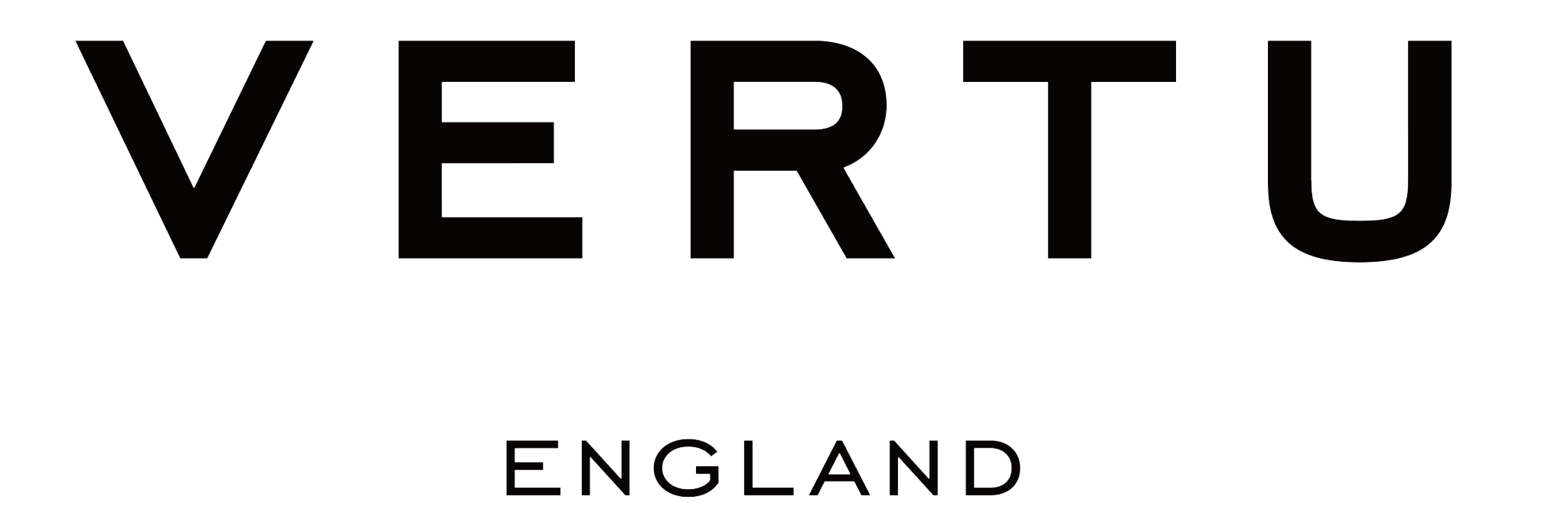The World Cup is approaching, but sports events show no signs of backing down. This year, the most hardworking have to be the top football players, with European leagues, the Champions League, the Europa League, and the UEFA Nations League. As a seasoned football fan, I can hardly keep up with it all. In Web3, it seems to have also stepped up its pace to keep up with the trend.
In the past three months, the price of fan tokens has risen by 85%, while the overall cryptocurrency market has fallen by more than 10%. Are fan tokens a new Ponzi scheme or a new way out? How might Web3 disrupt the $500 billion sports industry? Let’s discuss.
Today’s sports industry makes money in three main ways:
- Selling broadcast rights to media networks
- Brand sponsorships
- Selling tickets and merchandise to fans
These apply to many types of sports, such as football and American football. The money comes from:
- Selling content rights to media networks
- Selling advertising
In other words, sports sell content rights to media networks and then sell advertising. Media platforms act as intermediaries between teams (i.e., sports content creators) and brands (i.e., advertisers).
So, ultimately, sponsorships and advertising are indeed the largest sources of funding for sports teams, accounting for at least 50% of industry revenue, directly or indirectly.
The question is, what is the most profitable asset in the sports industry? The answer can be inferred from the table below – it’s the attention of the audience, also known as traffic.
The industry is a content business – creating entertainment to attract fans’ attention, which is then sold directly through sponsorships or indirectly through media networks to brands. What’s wrong with this business model?
Two points:
-
Content businesses have become so competitive in the constantly distracted digital world. Consumption habits are changing, and passively watching games in front of a flat screen is increasingly not the way the younger generation prefers to consume sports entertainment.
-
Media networks are not what they used to be. The audience for slow-developing old platforms (such as TV networks) is decreasing. Their ability to attract advertisers and pay for content rights will also do so.
Newer platforms, such as web2 giants like Netflix, are winner-takes-all networks with greater bargaining power. Few content creators (including sports) can better sell their content to them. The bottom line is that they are changing the times. The sports economy needs to develop.
How can fan tokens be a solution? Fan tokens are digital assets issued by sports clubs with the help of token platforms such as Socios and Binance. When they are issued on the blockchain, they become part of the on-chain financial ecosystem, which makes these tokens easily liquid in the secondary market.
If you’re not interested in these tokens, that’s normal. Frankly, they don’t have much use right now. As a sports club token holder, you can vote on trivial matters, such as which banner to display on a certain match day. But who cares about that?
Of course, you can also win benefits such as club merchandise and match tickets. But these benefits will not expand. The largest fan token platform, Socios, is working hard to innovate and add more value to fan tokens.
For example, when a team wins a match, they will try to burn tokens, linking the token supply to the team’s performance (it is unclear how regulatory authorities will view this). They are also trying to build a gamified app, even with a Pokémon-like feature for users to find and obtain tokens.
So far, most of these experiments have been futile – uninteresting, unscalable, poorly executed, or all of the above. Unfortunately, fan tokens have not yet found a product that fits the market, although they have increased the participation of the teams involved.
However, some people believe that Web3 and fan tokens have the potential to disrupt the sports industry. Why? Web3 can disrupt the sports industry in three ways by increasing the value of fan tokens:
- Creating new interactive sports entertainment experiences, as platforms like Socios are pursuing, by allowing token holders to vote on things and use tokens for digital interactive games with sports teams, making the sports audience experience participatory and interactive.
The hope is that the interactive experience itself will become a product that audiences value more than passively watching sports, thus creating a new added value for sports entertainment.
- Becoming another form of sports betting, a more direct use case for fan tokens is to ride the high growth area of online sports betting, where tokens are an open, flexible type of betting ticket.
The sports betting industry is expected to grow to $160 billion by 2030. But that’s conservative. Fan tokens will serve as de facto betting tickets and completely change the face of the industry by the end of the decade.
On-chain tokens are global and decentralized, naturally allowing prediction markets to have more liquidity and broader participation.
There is just one big












